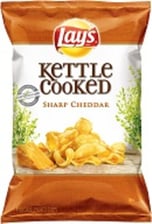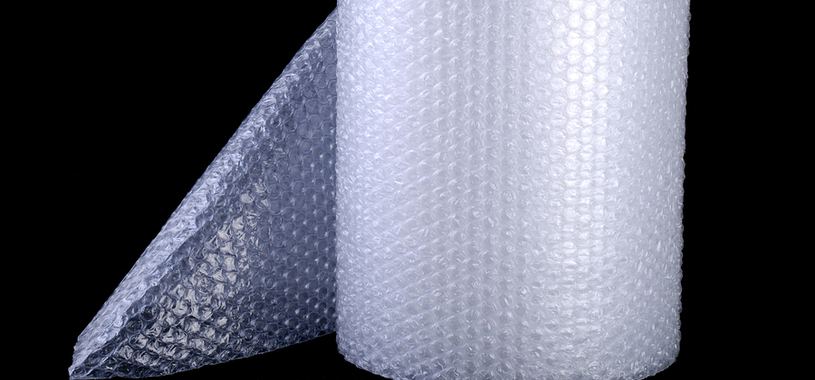Inflatable packaging is blowing up.
When it comes to protecting and transporting products safely and reliably, various forms of inflatable packaging are popular options. These include: air-filled protective inserts that cushion and anchor products inside a carton or shipping case; flexible packaging for solid particulates, kept taut with air; and flexible packaging, individual and bulk, filled with liquid, powder, or granular particulates.
The most familiar form of inflatable protective packaging is Bubble Wrap, introduced by Sealed Air in 1960. The two scientists who developed it originally meant it to be a fun kind of wallpaper.
“Although their invention never caught on as interior decor, the two men discovered their new material’s lightweight and insulating properties were very useful—first as greenhouse insulation and then as the packing material we now know as Bubble Wrap®,” says the Sealed Air website.
Filling the Void
Another popular form of inflatable protective packaging is plastic bags or pillows that fill voids around a product inside a carton or case. This kind of packaging increased with the advent of e-commerce, used often by Amazon and others. Unlike alternatives like molded paper, or solid or loose-fill foam, protective bags store easily on a roll and can be inflated only when needed. They can be reused for applications like return shipments and can be made of recycled plastic, plant-based polymers, or other ecologically friendly material.
“Inflatable systems require a modest capital investment, but large volume packers can negotiate discounts on equipment by entering into long-term contracts with the manufacturer,” according to an article in Packaging Digest.

Flexible packages for solid products in particulate form often incorporate air for a sleek, taut appearance. This is usually seen in form-fill-seal applications, where the machine “blows open” the pocket formed by the sealed front and back webs while the product flows down into it. This both protects the package during shipping and improves its aesthetics; think of a nice, tight, pillow-like bag of potato chips.
Flexible bulk packaging, for bag-in-box and intermediate bulk containers (IBCs), is another form of inflatable packaging, filled with liquid product instead of air. It has certain advantages in common with both protective and particulate-filled flexible packaging. Like protective packaging, it is lightweight and can be readily recycled, especially in business-to-business applications where collection and return can be easily organized. Like packaging for solid particulates, a complete fill will result in taut, good-looking walls—important in applications like a consumer bag-in-box package where the box is cut away to allow buyers to see the product inside the bag.
The inflatable aspect of flexible bulk packaging confers another advantage; it is also deflatable. Product can be squeezed out for evacuation with nearly 100 percent efficiency. This is significant for high-value viscous products like honey, which tend to cling to the walls of rigid IBCs.
For more information about the advantages of bag-in-box packaging, download our brochure.


